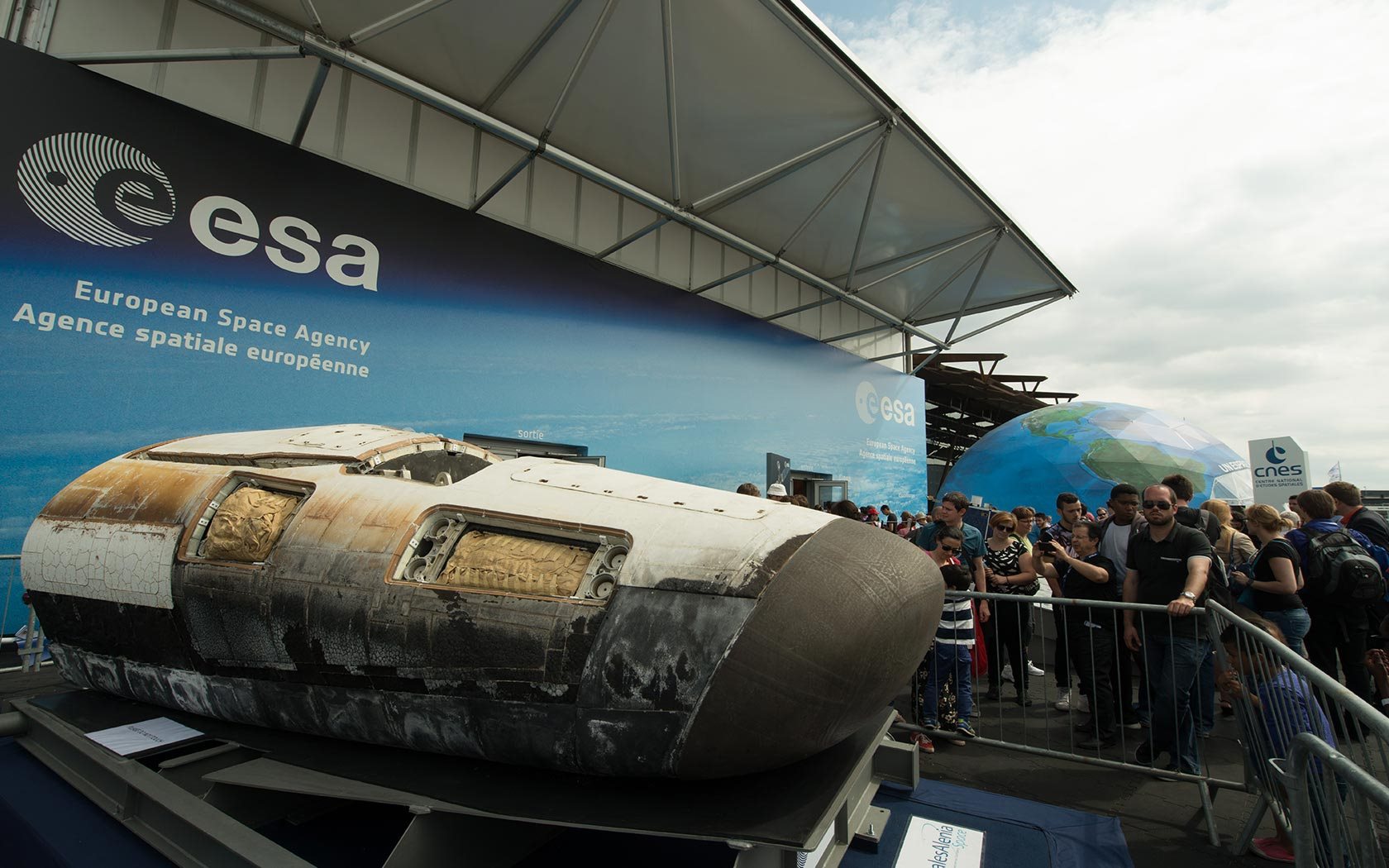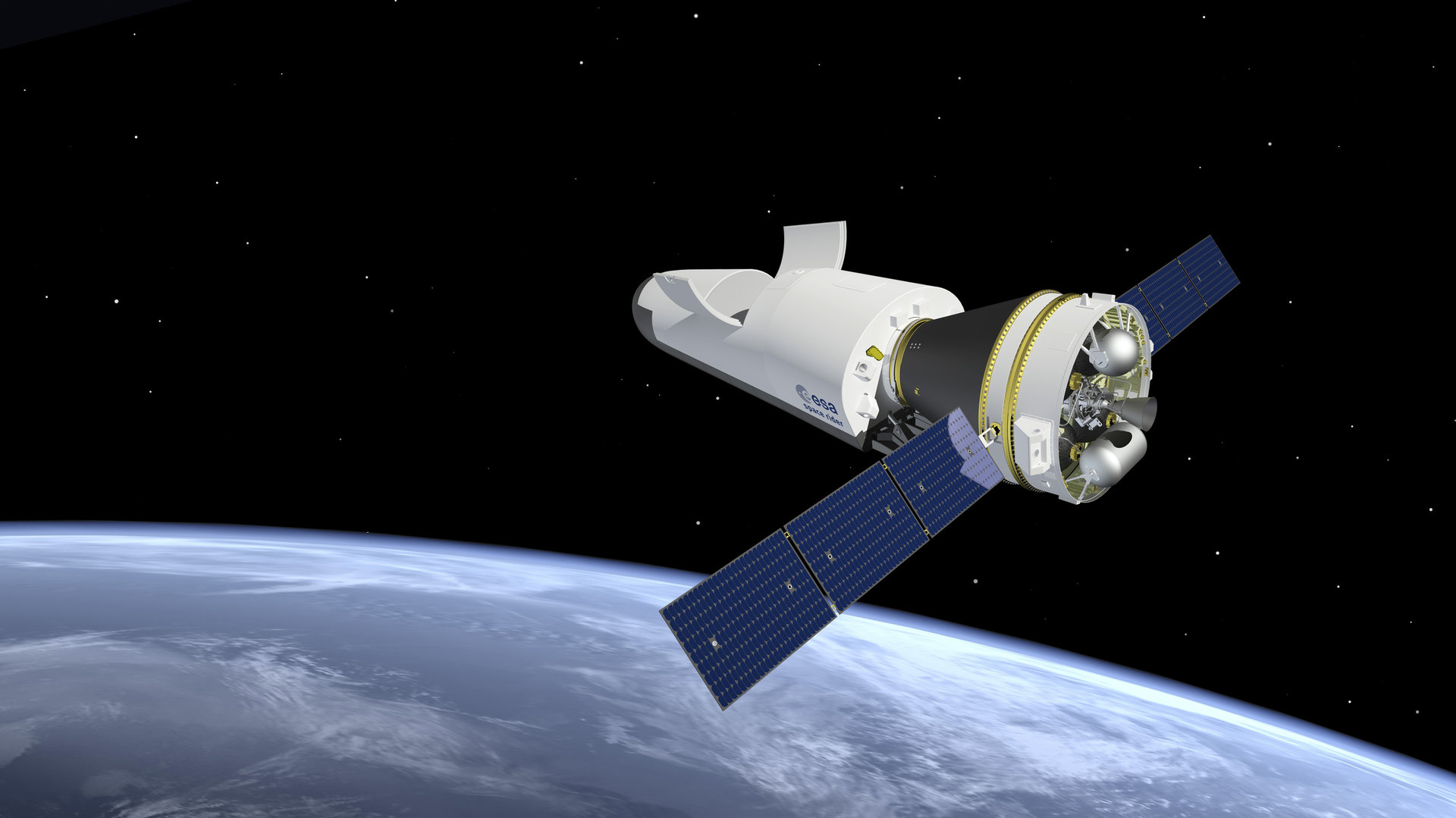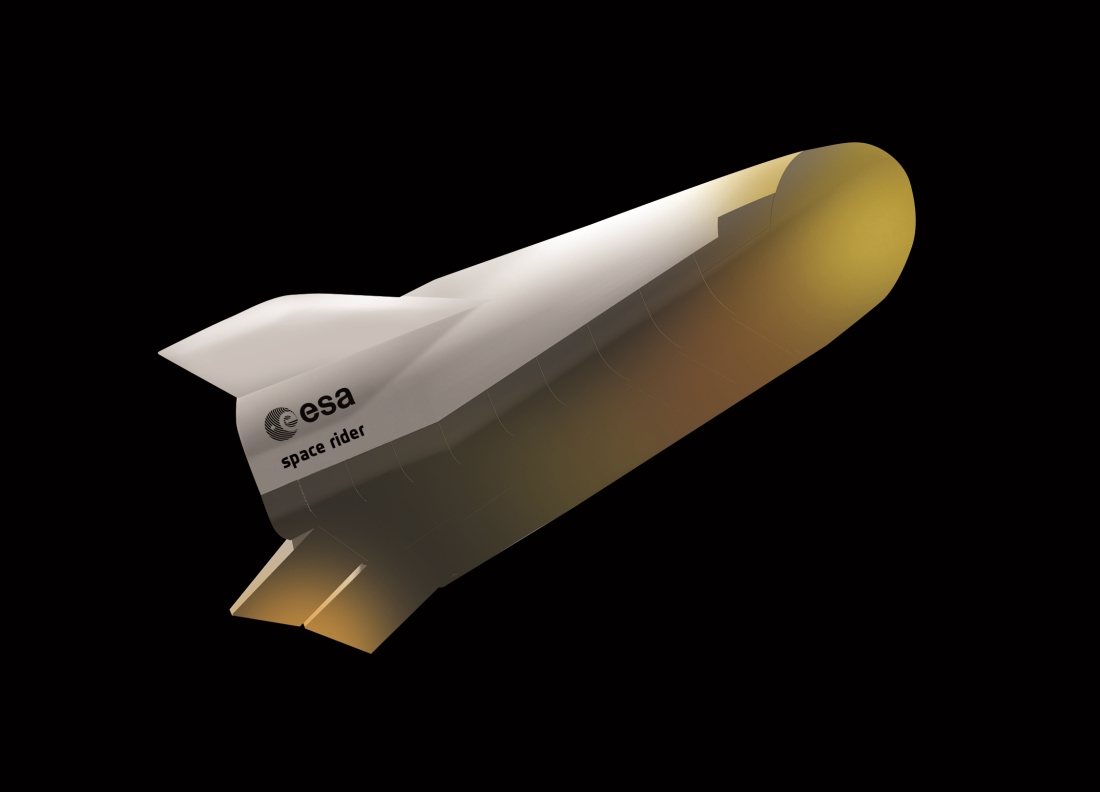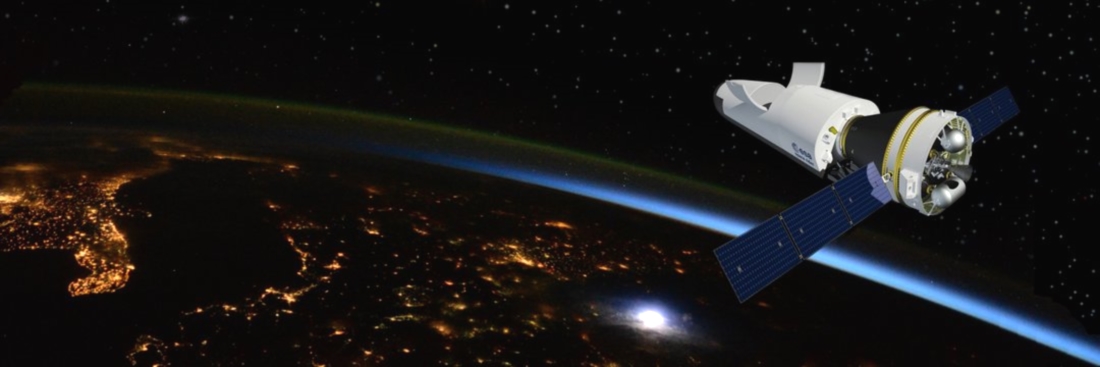IXV, the Intermediate Experimental Vehicle, was launched six years ago to the day, on February 11, 2015. It made a flawless suborbital flight lasting 100 minutes and covering 25,000 kilometers, the last 8,000 in a searing atmospheric descent and splashdown right on target in the Pacific Ocean. With the IXV space capsule, built in Italy by Thales Alenia Space, Europe was able to test critical reentry technologies.

ESA’s aero-thermodynamics experts continue to analize this data, to make sure their computer models match reality so they can design future reentry missions. These results confirmed many assumptions, but they also produced new findings. External temperatures were lower than predicted, while fuel consumption was higher, but this was offset by better aerodynamic performance, and the shorter blackout time during reentry allowed better communications.

Europe’s upcoming reentry vehicles will draw on all the lessons learned from the IXV mission. The next step is Space Rider, Europe’s own reusable space transportation system for unmanned missions and routine access to low Earth orbit (LEO). It will carry a variety of payloads into different LEO altitudes and inclinations.Designed as a free-flying orbital platform, Space Rider is capable of remaining two months in orbit, then reentering the atmosphere and landing to within 150 meters of its target. It can then be refurbished and reused for up to six missions.

The first launch is planned for 2023, using a Vega C light launcher from the Guiana Space Center in French Guiana. Space Rider will be 9.7 meters long and weigh 2,430 kg, with a payload capacity of 600 kg inside a 1.2 cubic meter cargo bay. It will hit a maximum speed of Mach 28 at an altitude of 90 km, with the nose reaching a maximum temperature of 1700K. During the descent, a parachute will open when it reaches an altitude of 16 km and a speed of Mach 0.73, decelerating the vehicle to 50 meters/second. The final part of the descent uses a parafoil to provide aero-braking and limit the landing run after touchdown.

Space Rider will facilitate Europe’s access to low Earth orbit since it combines the capabilities of a free-flying satellite platform with reusability. At the same time, it will further improve the technological capabilities of Europe’s space industry. A host of other applications is also possible, such as On-Orbit Servicing.

Thales Alenia Space leads a consortium of European manufacturers, research centers and universities, and is in charge of the development of the reentry module (RM), the most challenging part of the project. AVIO is responsible for the propulsion system and the expendable service module.
Illustrations © ESA & © Thales Alenia Space


